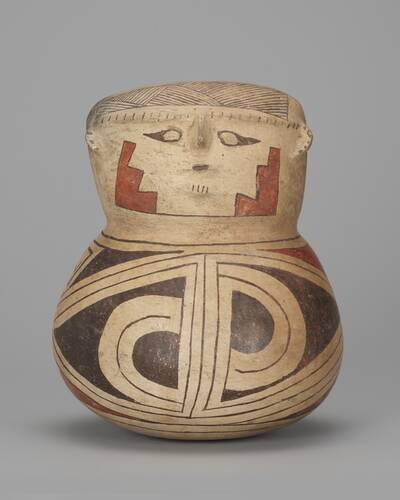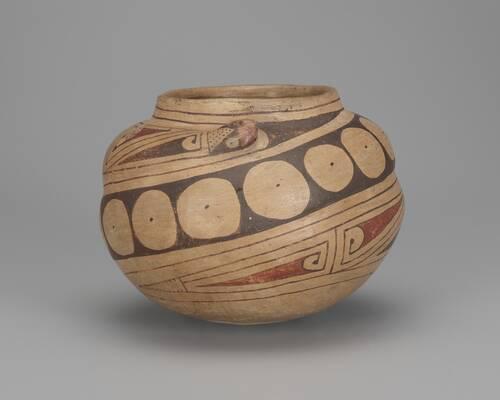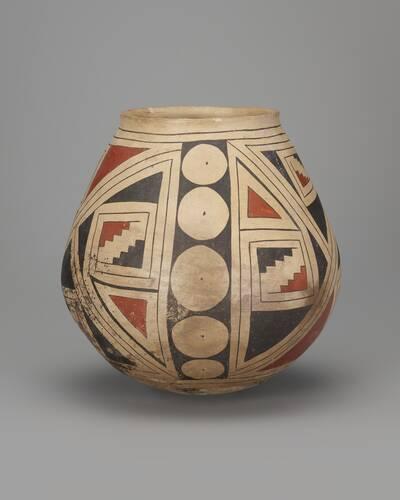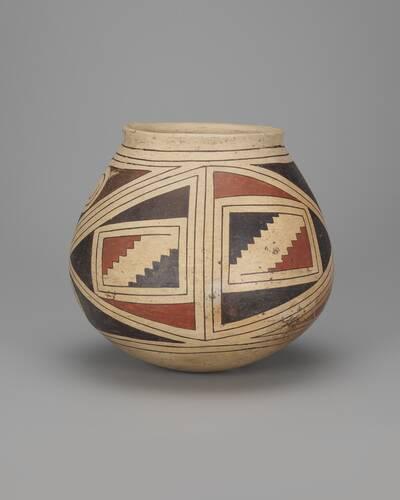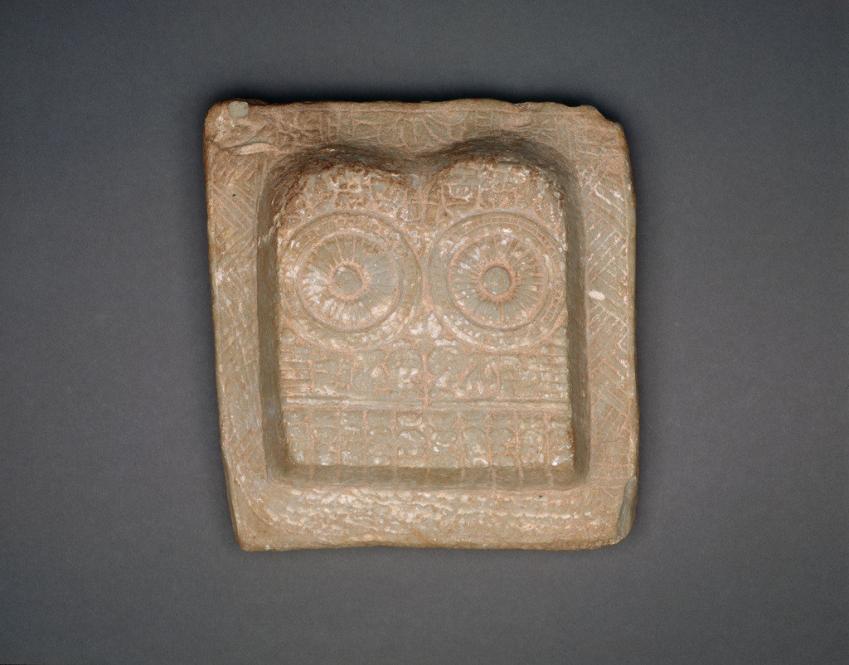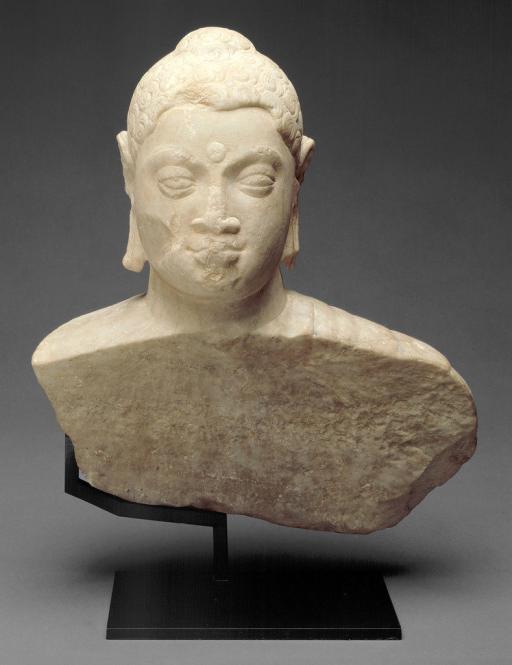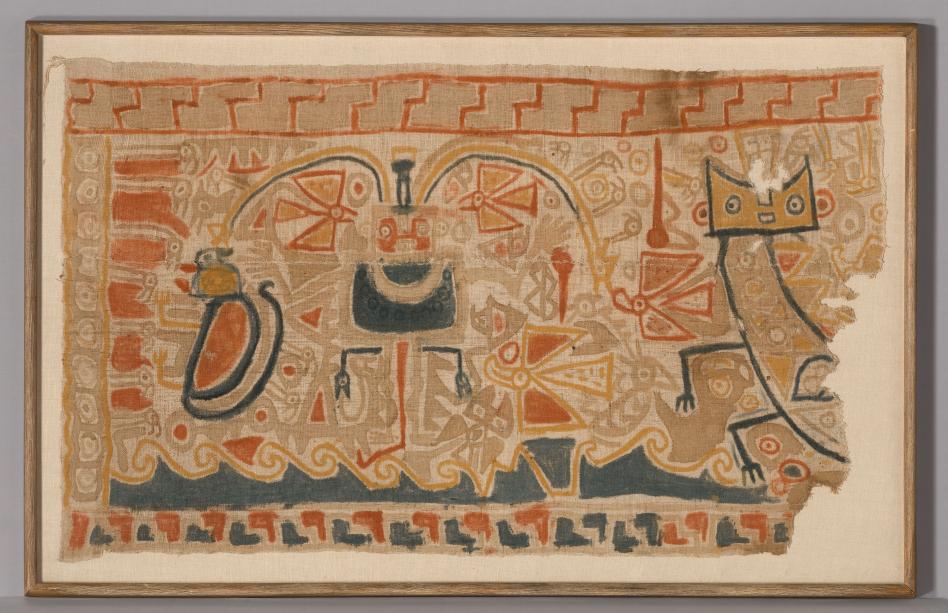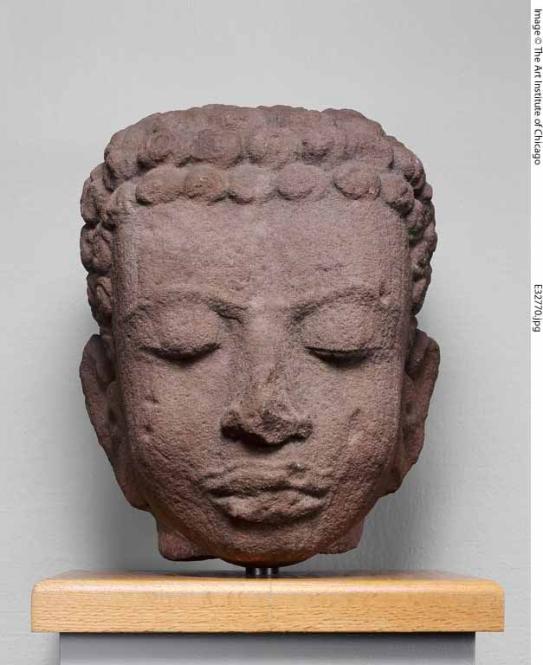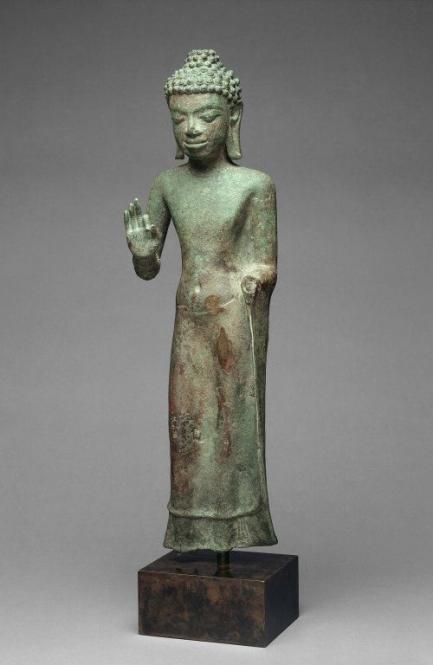2021.428
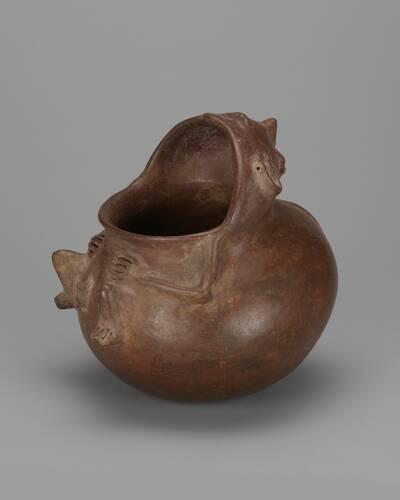
Object Title
Vessel of a Male Figure
Measurements
H.: 19.1 cm (7 1/2 in.)
Creation Date
1280–1450
Credit Line
Gift of Patricia Brett Erens
Museum Name
Museum Contact
publicaffairs@artic.edu
Culture
Country of Origin
Object Type
Materials / Techniques
Object URL
https://www.artic.edu/artworks/262069/vessel-of-a-male-figure
Museum's Definition of Antiquity
1492
Provenance Information
Jay C. Leff, Uniontown, PA, by 1972 [Allentown 1972, cat. 131]; sold, Sotheby’s, May 31, 1975, lot 387, to Crouch Gallery, Macomb, IL; sold to Patricia Brett Erens, Chicago, 1975 [invoice SWP-137 and correspondence and documentation from Patricia Brett Erens, Oct. 13, 2020; copy in curatorial object file, Arts of the Americas]; given to the Art Institute of Chicago, 2021.
Exhibition Information
Allentown, PA, Allentown Art Museum, Pre-Columbian Art of Mesoamerica from the Collection of Jay C. Leff, Feb. 12–Apr. 2, 1972, cat. 131.
Publication Information
Allentown Art Museum, Pre-Columbian Art of Mesoamerica from the Collection of Jay C. Leff, exh. cat. (Allentown, PA: Allentown Art Museum, 1972), 54-55, cat. 131, fig. 131 (ill.).
Section of the AAMD Guidelines relied upon for the exception to 1970
Informed judgement that works were outside of the country of modern discovery before 1970
Explain why the object fits the exception set forth above
It is not currently possible to determine if the object originated within the United States or Mexico due to the absence of archaeological provenience and because Casas Grandes societies inhabited both sides of the present-day US-Mexico border. If the object originated in Mexico, provenance research allows the museum to make an informed judgment that the work was most likely in the United States by 1970. The object was acquired by Patricia Brett Erens, the donor, after June 1975, from Crouch Gallery in Macomb, IL, which had purchased it at public auction on May 31, 1975. The object was previously in the collection of Jay Leff, and had been publicly exhibited from February 1972 in Allentown as well as published in the accompanying catalog. Presumably, the object was in Leff’s possession for some period of time before it was exhibited, and the Art Institute of Chicago is unaware of any prior claims made against the work. As a border culture, Casas Grandes has often been overlooked by museums, and this vessel will help present a more diverse and inclusive understanding of Indigenous art in the Americas.
